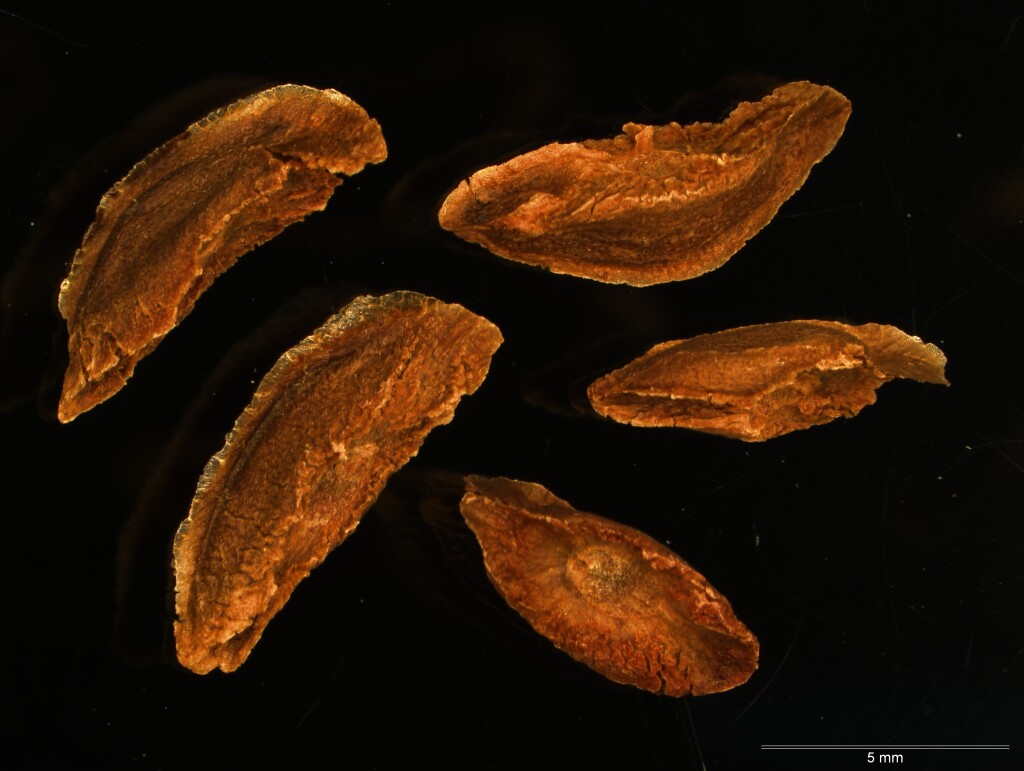Corymbia
Trees, sometimes mallee-like; bark rough and fibrous or smooth. Leaves dimorphic; juvenile leaves petiolate, opposite for a few pairs, often hispid, with raised oil glands; adult leaves petiolate, alternate (in Victoria), broadly lanceolate to lanceolate (in Victoria); penninerved, lateral veins very close, straight and parallel (in Victoria); oil glands usually present. Inflorescence a terminal or upper-axillary panicle of 3–7-flowered corymbs or umbels. Sepals and petals absent, replaced by one or two opercula, or petals free, but not readily observed (adherent or fused to the outer operculum and shed with it); stamens numerous in several whorls, free; anthers versatile, oblong, opening by 2 longitudinal slits; ovary sunk into hypanthium, usually 3-celled. Fruit a capsule, usually woody, dehiscing by enclosed valves; seeds dorsoventrally or laterally flattened, with a subterminal or ventral hilum.
About 94 species, all but a few endemic to Australia.
Until recently Corymbia has been included in Eucalyptus. However, phylogenetic analysis suggests that Corymbia forms a monophyletic group, and is more closely related to Angophora than it is to Eucalyptus.
 Spinning
SpinningHill, K.D.; Johnson, L.A.S. (1995). Systematic studies in the eucalypts 7. A revision of the bloowoods, genus Corymbia (Myrtaceae). Telopea 6: 186–505.
Parra-O., C.; Bayly, M.; Drinnan, A.N.; Udovicic, F.; Ladiges, P.Y. (2009). Phylogeny, major clades and infrageneric classification of Corymbia (Myrtaceae), based on nuclear ribosomal DNA and morphology. Australian Systematic Botany 22: 384–399.
Parra-O., C.; Bayly, M.; Udovicic, F.; Ladiges, P.Y. (2006). ETS sequences support the monophyly of the eucalypt genus Corymbia (Myrtaceae). Taxon.




